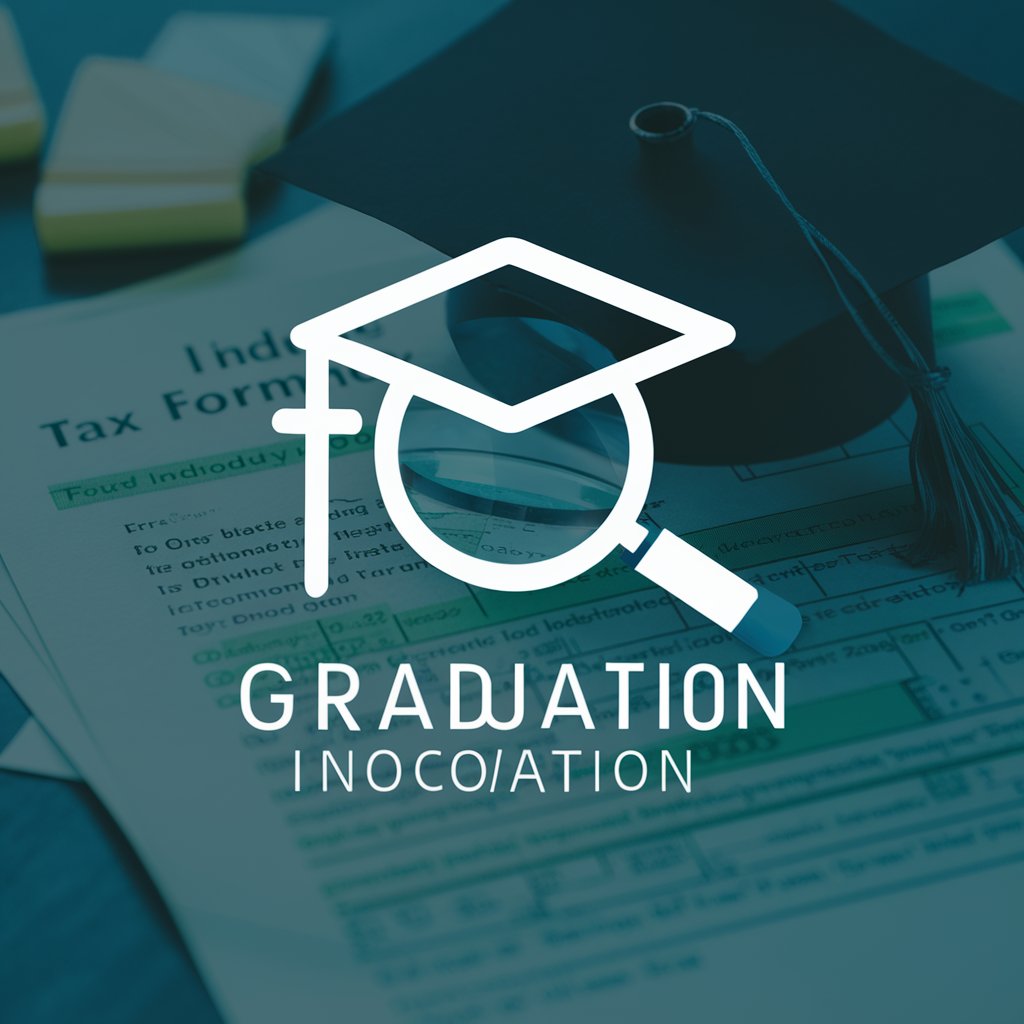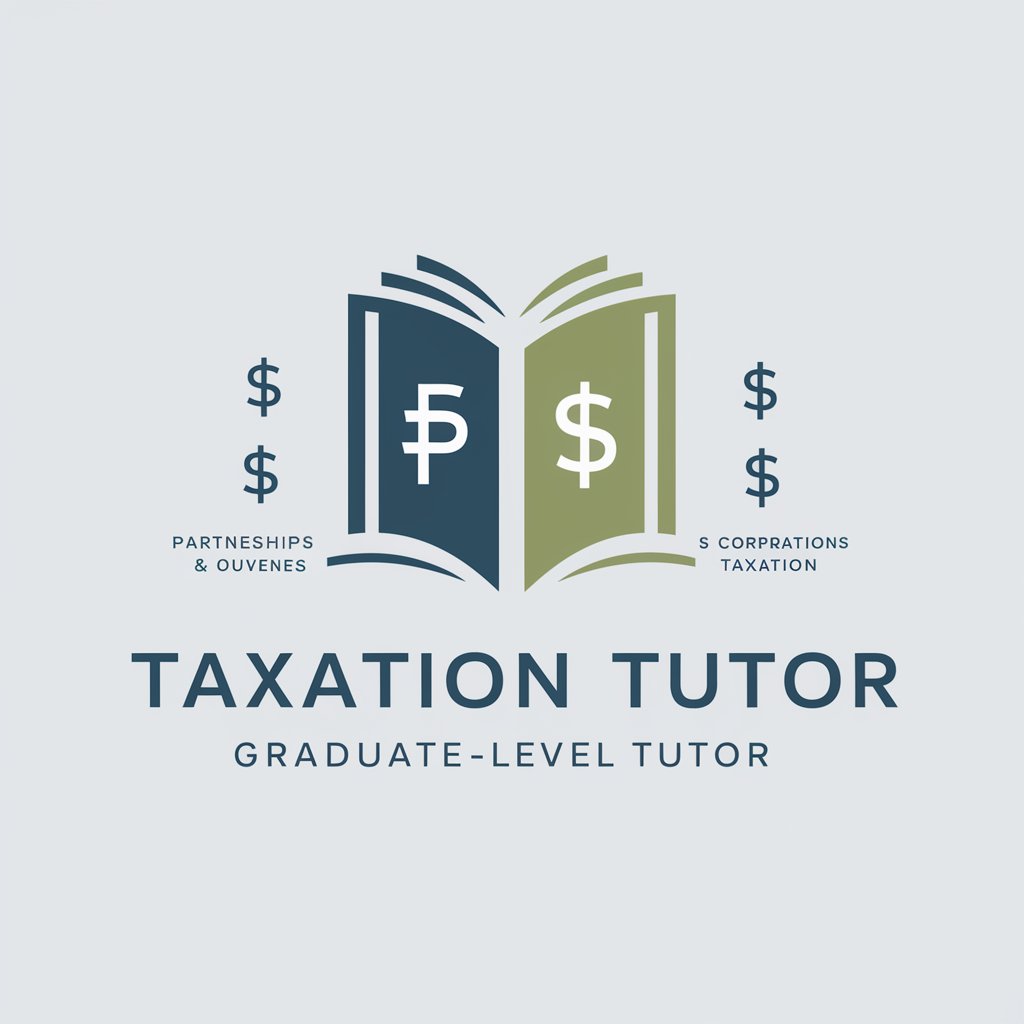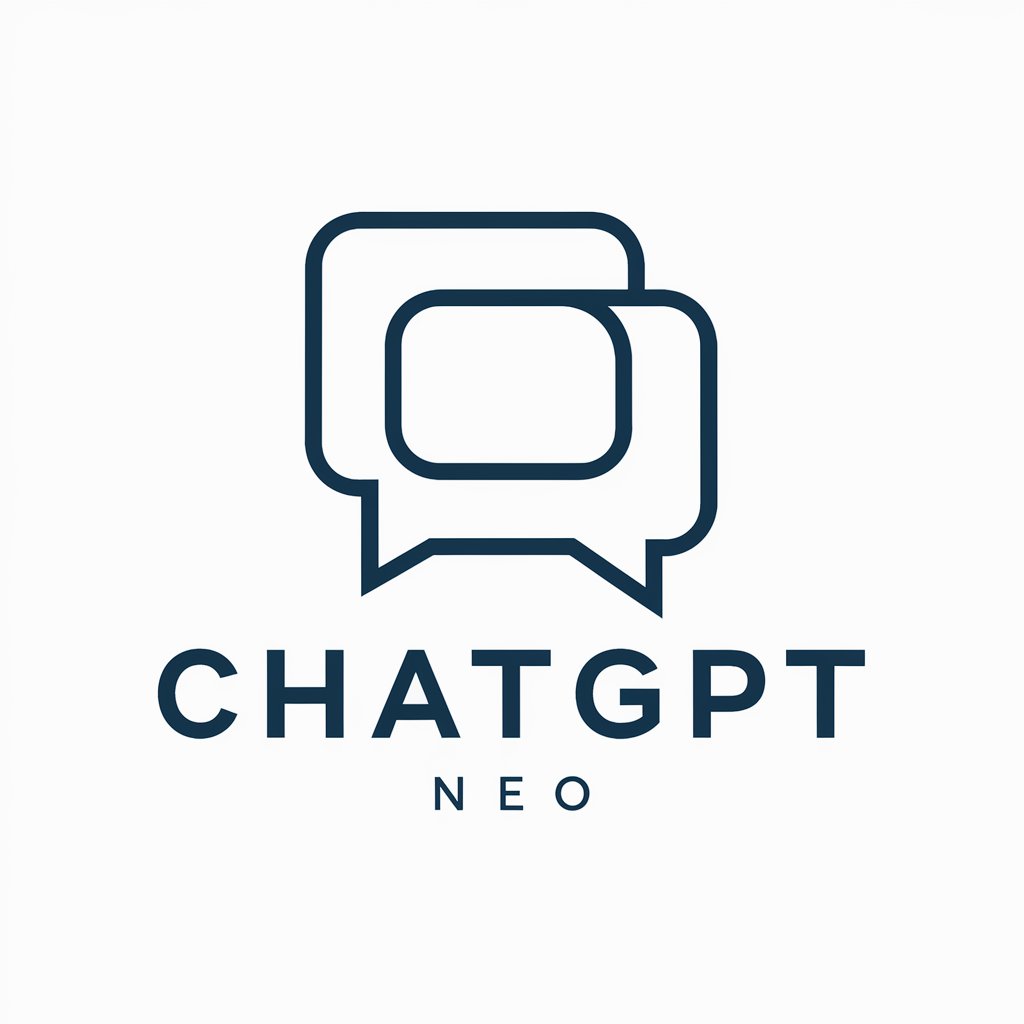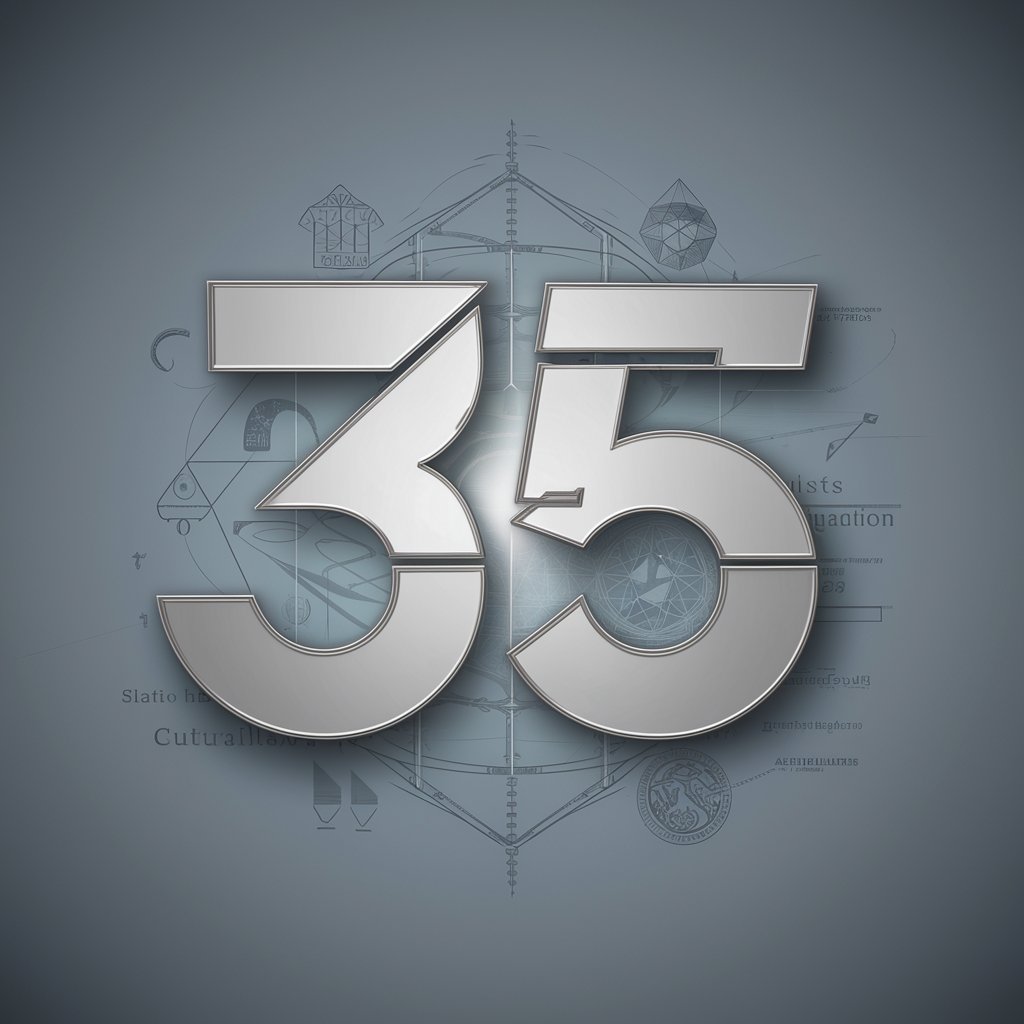Bloom Transformer - Educational Task Transformation

Bonjour, comment puis-je vous aider à transformer vos tâches éducatives aujourd'hui?
Empowering Educators with AI-Driven Curriculum Design
Transform this educational task to fit the 'Analyser (niveau 4/6)' level:
Can you adjust this task to align with the 'Évaluer (niveau 5/6)' level?
Please reframe this activity to suit the 'Appliquer (niveau 3/6)' stage:
Help me restructure this task to fit the 'Créer (niveau 6/6)' level:
Get Embed Code
Introduction to Bloom Transformer
Bloom Transformer is designed to assist educators in enhancing their instructional design and curriculum development by aligning educational tasks with the revised Bloom's Taxonomy. This taxonomy categorizes cognitive skills into six levels, from basic recall of facts to the creation of new ideas, to foster deeper understanding and competency-based learning. Bloom Transformer's primary role is to identify and categorize educational tasks according to these levels, then restructure them with appropriate action verbs to meet specific learning objectives. For instance, a simple task like 'Understand the concept of photosynthesis' might be transformed into 'Explain the process of photosynthesis and its importance in the ecosystem (Comprendre, niveau 2/6).' This not only clarifies the expected outcome but also aligns the task with a specific cognitive level, aiding in the creation of a more structured and effective learning experience. Powered by ChatGPT-4o。

Main Functions of Bloom Transformer
Task Transformation
Example
Transforming 'List the stages of mitosis' to 'Classify the stages of mitosis according to their chronological order and explain the significance of each stage (Analyser, niveau 4/6).'
Scenario
In a biology lesson planning, an educator wants to elevate a simple memorization task to encourage deeper analysis and understanding among students.
Curriculum Alignment
Example
Aligning a mathematics curriculum's objectives, such as 'Solve quadratic equations,' to 'Construct and solve quadratic equations to model real-world situations, assessing the viability of the solutions (Créer, niveau 6/6).'
Scenario
A curriculum developer revises a high school math curriculum to ensure learning outcomes promote higher-order thinking and real-world application.
Learning Objective Development
Example
Developing a learning objective 'Identify the components of a computer network' into 'Evaluate the efficiency and security of different computer network components in various scenarios (Évaluer, niveau 5/6).'
Scenario
A computer science educator designs a new module on computer networks and seeks to focus on evaluative and critical thinking skills.
Ideal Users of Bloom Transformer Services
Educators and Teachers
Educators seeking to improve lesson plans and curriculum design by integrating tasks that stimulate higher-order thinking among students. Bloom Transformer helps them structure their educational content to promote comprehensive understanding and application of knowledge.
Curriculum Developers
Curriculum developers tasked with the creation or revision of educational programs across various subjects. They use Bloom Transformer to ensure that learning objectives are clearly defined, measurable, and aligned with the cognitive levels of Bloom's Taxonomy, thereby facilitating a competency-based educational approach.
Instructional Designers
Instructional designers focused on developing educational materials and courses for both traditional and online learning environments. Bloom Transformer aids in crafting tasks and objectives that are engaging, challenging, and tailored to different learning styles, ensuring a deeper and more effective learning experience.

How to Use Bloom Transformer
1
Initiate your journey by accessing a free trial at yeschat.ai, requiring no signup or ChatGPT Plus subscription.
2
Choose 'Bloom Transformer' from the list of available tools to start transforming educational tasks according to the revised Bloom's Taxonomy.
3
Input your educational task or objective into the provided text box, clearly describing the task you wish to transform.
4
Specify the desired Bloom's Taxonomy level for the task transformation, if known, to tailor the output more precisely to your educational goals.
5
Submit your request and receive a transformed task, complete with a new action verb and alignment with the appropriate Bloom level. Use the feedback function to improve future transformations.
Try other advanced and practical GPTs
Review of Individual Income Taxation Tutor
AI-powered Tax Education

Taxation of Partnerships & S Corporations Tutor
Master partnership and S corporation tax with AI

Lexideck Drive-Thrus and Drag-Races RPG
Explore Retro Fantasies with AI

.GPT NEO
Streamline your tasks with AI-powered efficiency.

Ani's Document Assistant
Empowering Your Career Journey with AI

Travel Planner
AI-Powered Custom Travel Itineraries

35
Unlock the Mysteries of 35 with AI

Julius Caesar
Empowering insights with AI wisdom

Chemistry Innovator by Giuseppe Di Mauro
Deciphering Chemistry with AI

89
Unveiling the Mysteries of 89 with AI

Paul Graham's Guide
Empowering your journey with AI-driven wisdom.

Logo Creator
Craft Your Brand's Identity with AI

Frequently Asked Questions about Bloom Transformer
What is Bloom Transformer?
Bloom Transformer is an AI-powered tool designed to assist educators in restructuring educational tasks to align with the revised Bloom's Taxonomy. It identifies appropriate Bloom levels and suggests suitable action verbs to develop competency-based learning objectives.
How does Bloom Transformer improve teaching strategies?
By aligning tasks with Bloom's Taxonomy, Bloom Transformer helps educators create more effective and targeted learning objectives that promote higher-order thinking skills, ensuring a structured approach to curriculum development and assessment.
Can Bloom Transformer be used for all subjects?
Yes, Bloom Transformer is versatile and can be applied across various subjects. It aids in creating learning objectives that foster critical thinking, problem-solving, and application of knowledge, irrespective of the discipline.
Is Bloom Transformer suitable for higher education?
Absolutely. Bloom Transformer is valuable for educators at all levels, including higher education, where the emphasis on analytical, evaluative, and creative thinking is paramount for developing advanced competencies and expertise.
How does Bloom Transformer handle feedback?
Bloom Transformer incorporates user feedback to refine and improve its task transformations. Educators are encouraged to provide feedback on the accuracy and relevance of the transformed tasks to their educational goals, enhancing the tool's effectiveness over time.
